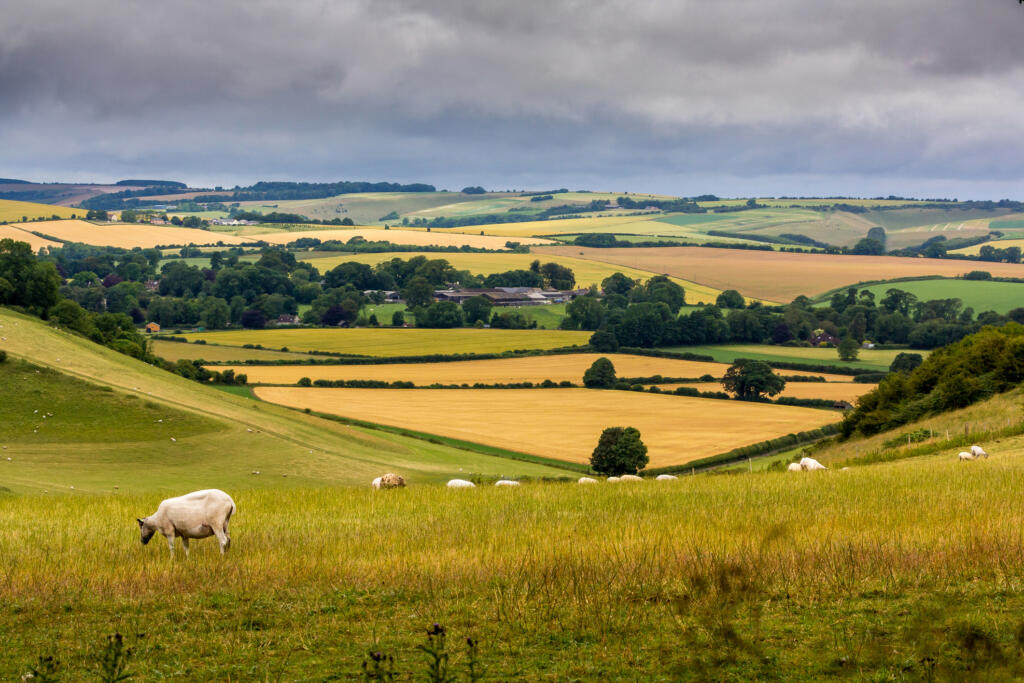
Since 12th February 2024 (2nd April 2024 for small sites) developers applying for planning permission have been required to provide biodiversity gain of at least 10%.
But what about the gain beyond the minimum? Have you discussed the ownership of that with the solar and/or battery developer who is proposing heads of terms?
There is increasing awareness of the potential for off-site biodiversity gain unit sales amongst developers hoping to maximise the profitability of their development.
The new biodiversity gain system, established under the Environment Act 2021 incentivises developers to generate improvements in the diversity of species on the development site itself, rather than relying on credits from elsewhere. The developer will submit a biodiversity gain plan to the local planning authority based on projected on site biodiversity gains over a 30-year period.
In the case of a solar and/or battery development, the freehold ownership of the development site typically remains with the landowner following the exercise of the option; the development rights are usually granted via a lease.
The biodiversity plan submitted by the developer and approved by the local planning authority will be embedded in the landowner’s freehold title via a conservation covenant or a section 106 agreement. This means that primary responsibility for the execution of the approved biodiversity plan remains with the landowner.
In practice, a landowner will seek suitable indemnities from the developer in relation to their liability under the relevant conservation covenant or section 106 agreement. However, there will inevitably still be a risk attached to the arrangements from the landowner’s perspective.
Does the consideration agreed with the developer reflect that risk and the potential for the developer to reap the rewards if the biodiversity gain plan outperforms expectations? If not, then a landowner should seek professional advice regarding the reservation of the benefit of biodiversity gain outperformance.
It is best to broach this topic with the developer at the outset of negotiations. Otherwise, as the developer will be paying for the relevant land management works, the developer may assume that they will be entitled to exploit any biodiversity outperformance.
If agreement in principle can be achieved at the outset for the reservation to the landowner of any gain above that required for the proposed development, then careful thought will need to be given to the option and lease provisions needed to achieve the reservation.
The landowner will need to reserve a right in the solar and/or battery option lease to enter upon the development site for biodiversity purposes. The landowner will also need to reserve the right to register the biodiversity gain element of the development site on the Biodiversity Gain Site Register maintained by Natural England. Site registration is required in order to allocate biodiversity gain units to third parties pursuant to an off-site unit sale agreement.
As the new biodiversity gain system beds in, the value of your natural capital needs to be carefully protected. Specialist legal advice delivered in conjunction with the rest of the landowner’s professional team can help secure a fair return from this valuable asset. At Stephens Scown, the rural property team have the expertise necessary to safeguard your biodiversity gain interests.
This article is not legal advice and is for general guidance only.
